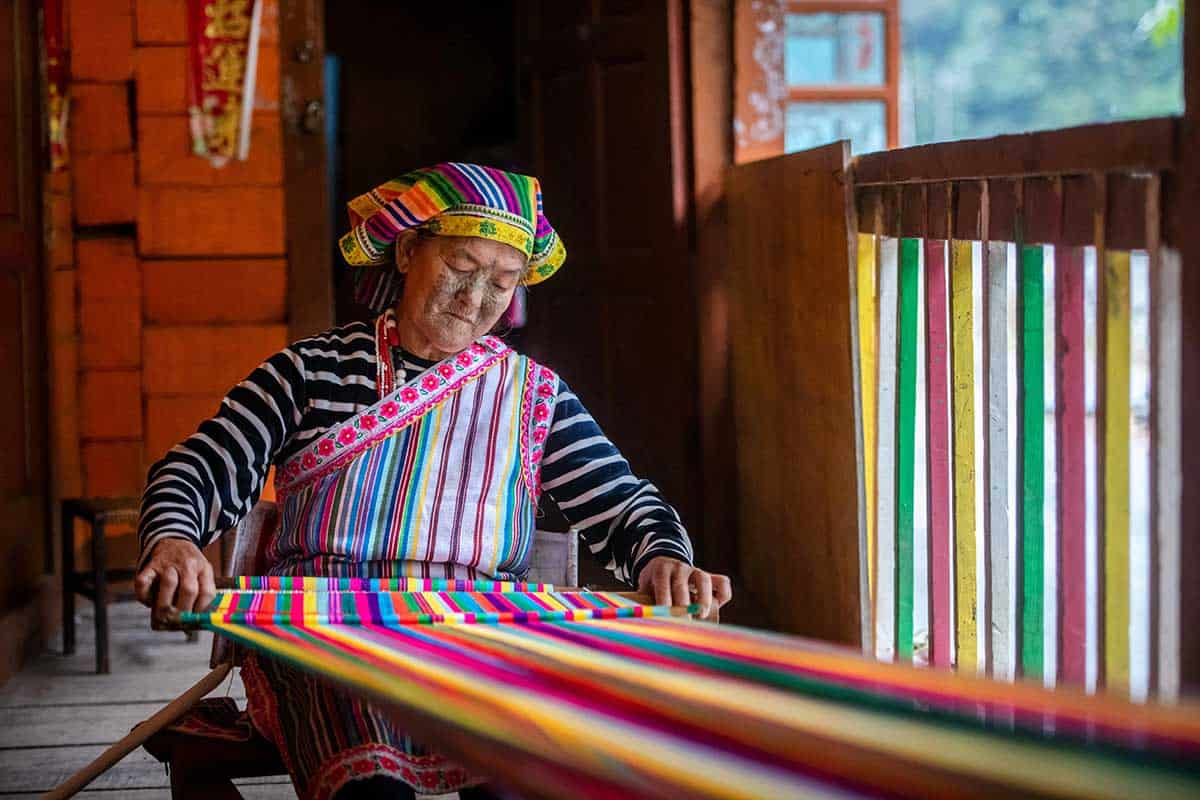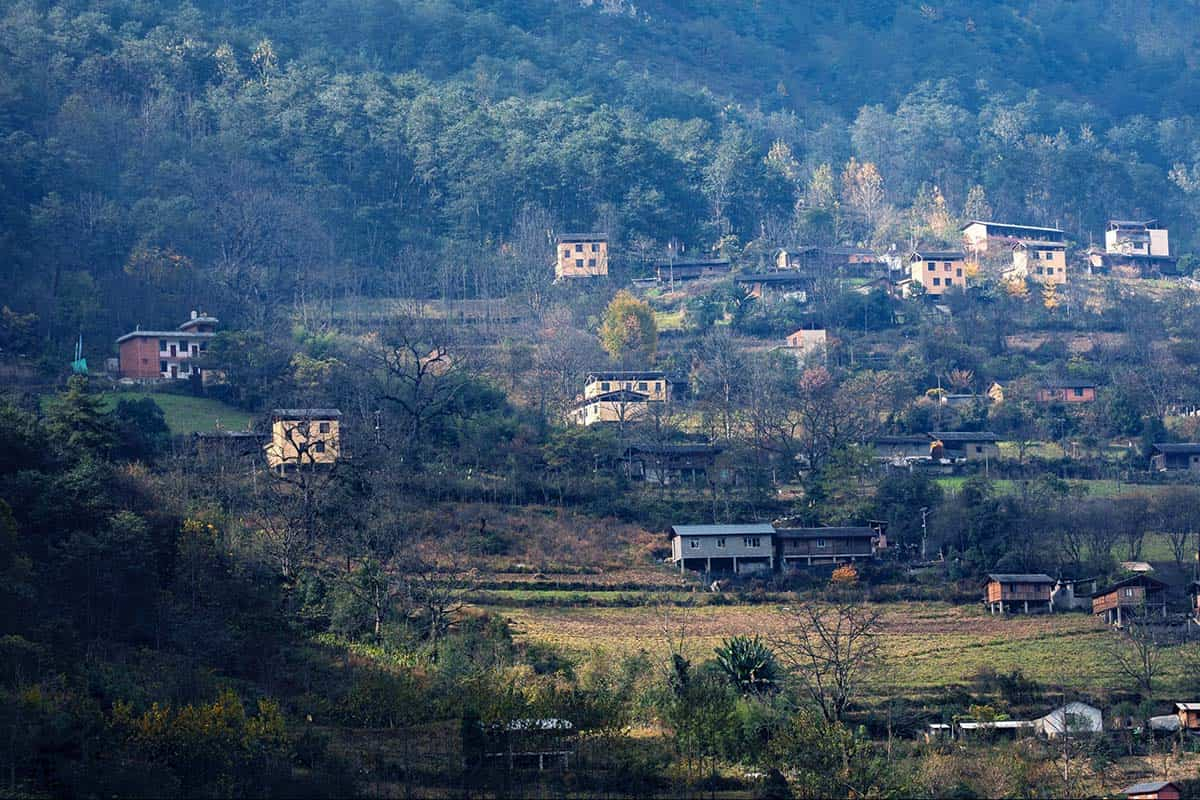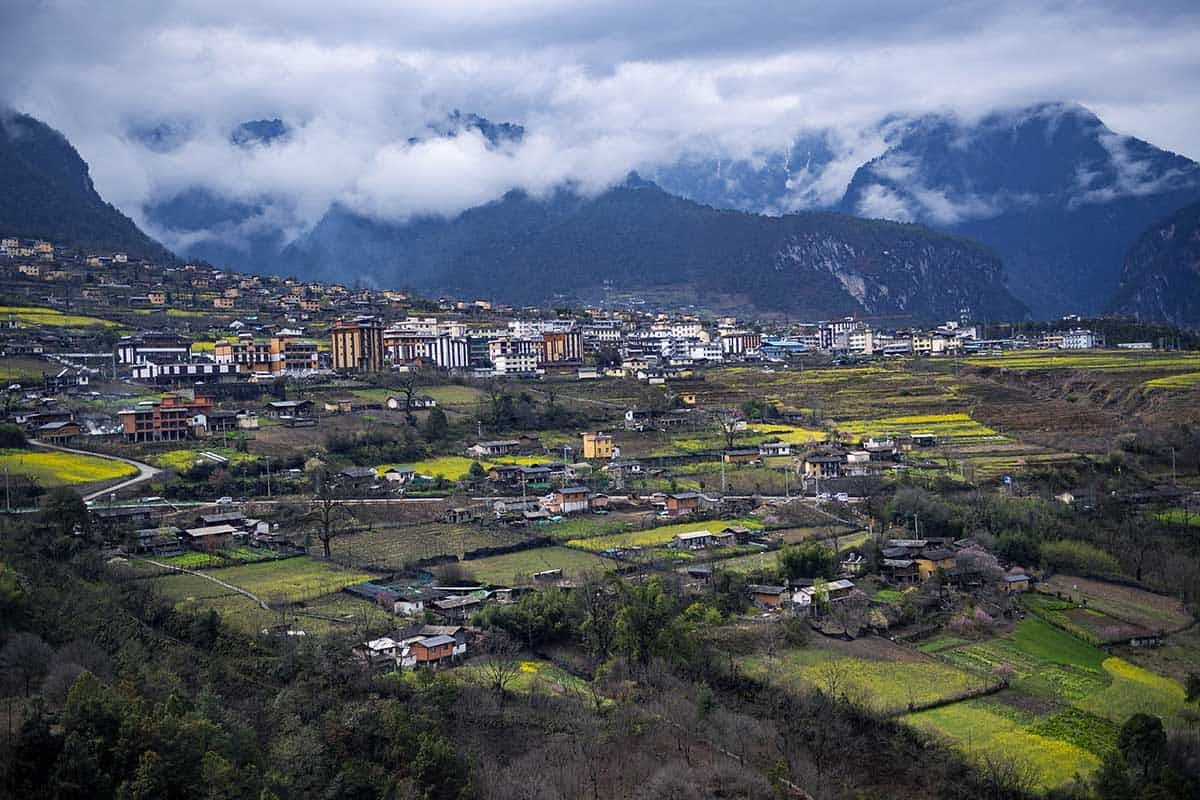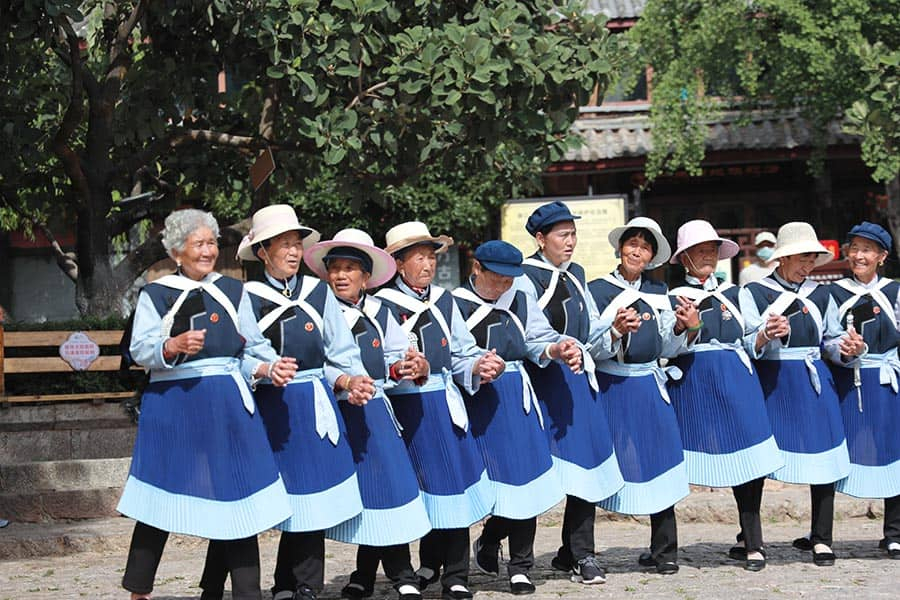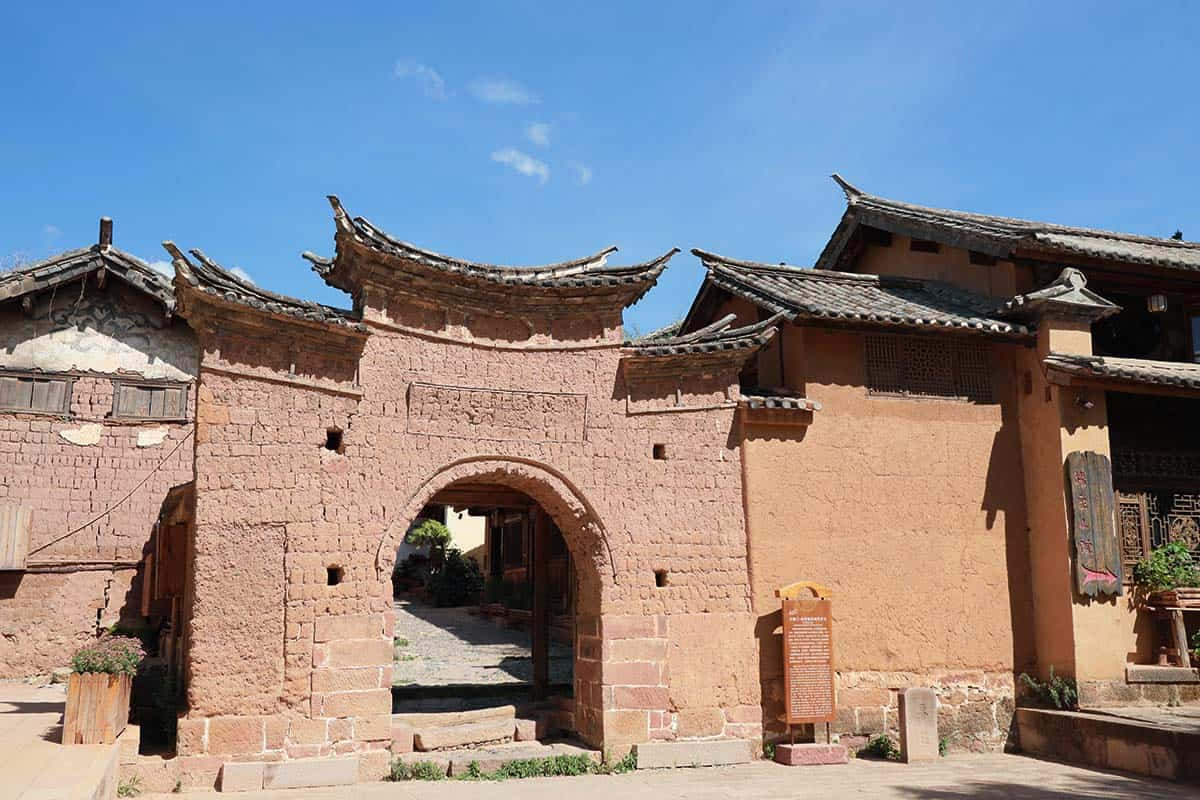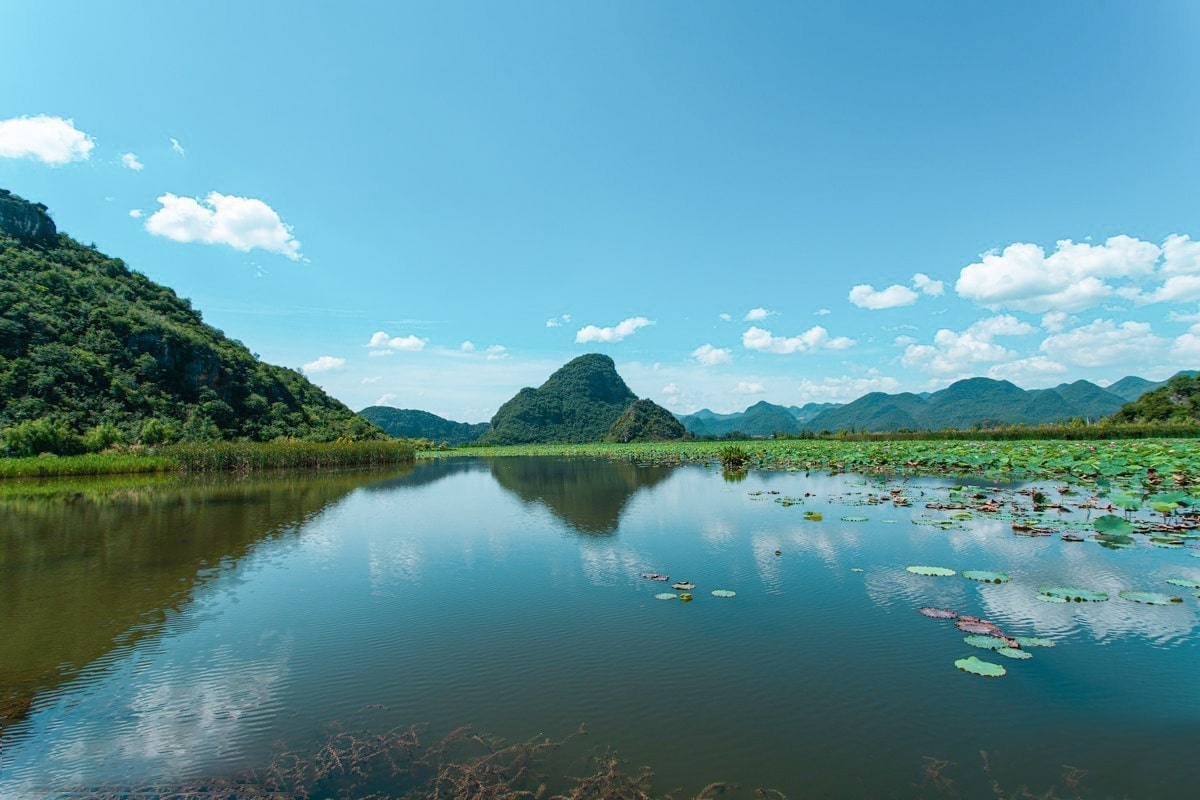Yunnan Wenshan Travel Guide

Lying in the southeast of Yunnan Province, Wenshan Zhuang and Miao Autonomous Prefecture neighbors Baise of Guangxi. It is bounded on the south by Vietnam. Wenshan County, the government seat of the prefecture is about 310 kilometers from Kunming.
Administrative division of this area in history initiated during the Western Han Dynasty (206BC-24AD), when the emperor launched the exploitation of southwestern border area. Kingdoms set up by local ethnic minorities were conquered and replaced by counties and shires newly established by the court.
With the rich natural tourism resource and profound history culture, Wenshan enjoys the ancient land and heroic people. The principle nationalities inhabiting the prefecture are the Zhuang and the Miao. They have different habit of living: Zhuang used to live at the headwaters region, while Miao like to live at the top of a mountain. The ancestor of Miao was good at hunting. The hunters were often injured and bleeding. They chewed a kind of weed and used the chewed weed to put on the wound to stop the bleeding, the wound was sealed just like by a lacquer. It is now one of the famous medicines in China.
The Karst topography of Wenshan forms a great variety of fantastic scenery with its mountains, waters, forest, stones and caverns. The Babao Sanla Waterfall and the Puzhehei scenic area are the most attractive parts of Wenshan.
● Top things to do in Wenshan
Karst caves, rolling peaks and winding rivers constitute the beautiful scenery of Wenshan. Wenshan City has 16 scenic spots and cultural relics protection areas and is rich in tourism resources and a variety of landforms, mainly karst landforms, form a variety of beautiful natural landscapes.
The most famous attraction is the Puzhehei Scenic Area, home to spectacular karst limestone mountains surrounded by wetlands with a unique subtropical ecosystem. You can cruise through ponds covered by lotus and explore karst caves in Puzhehe.
Other popular destinations include Yuxian Lake and Liujing Cave, Laojunshan National Nature Reserve, Upper Natural Bridge Scenic spot, Forest Park Scenic Spot, Dongshan Park Scenic Spot, Xihua Park Scenic Spot and so on.
If you happen to come here on the Torch Festival around June of the lunar calendar, you can see many people lighting torches on the streets and enjoy the folk song and dance performances. Bamei Village, a quaint and unspoiled Zhuang settlement, affords a rare glimpse of a way of life barely seen in modern China.
● Wenshan Food&Drinks
Wenshan city specialty: Pu 'er tea, pepper in Qiubei, pear in Wenshan, rice in Guangnan and so on. The national medicine treasure "Panax notoginseng in Wenshan" is famous all over the world and has been evaluated as "Hometown of Panax notoginseng in China". The characteristic snacks: salt and pepper cake, buckwheat cake, glutinous rice, rice noodle, cold chicken and cold rice roll, steamed chicken with panax notoginseng and so on.
● Wenshan Transportation
Wenshan is 35 kilometers away from No. 323 national highway, 26 kilometers away from Wenshan Puzhehei Airport, 308 kilometers to the north of Kunming(capita of Yunnan Province), 576 kilometers to the east of Nanning, capital of Guangxi Zhuang Autonomous Region, 116 kilometers to the south of Tianbao national port, 90 kilometers to Dulong port, 163 kilometers to Hekou port, 126 kilometers to the west of Mengzi City, Honghe Prefecture. It is the southeast gate of Yunnan Province, the transportation hub of Beibu Gulf, Pearl River Delta and the international channel leading to Southeast Asia.
● Wenshan Weather
Wenshan City is located in the low latitude plateau in the southeast of Yunnan Province, near the Beibu Gulf in the southeast and the Bay of Bengal in the southwest. The water vapor from these two directions brings abundant rainfall. Tropic of Cancer across the city, most of the city in the south of the tropic of Cancer, a subtropical monsoon climate. Most regions have no cold winter, no hot summer, with long spring and autumn, short winter and summer. The annual average temperature is 18.4℃, the average relative humidity is 75%, the annual average rainfall is 1,187.8 mm.
- HOTEST
- RECOMMEND
